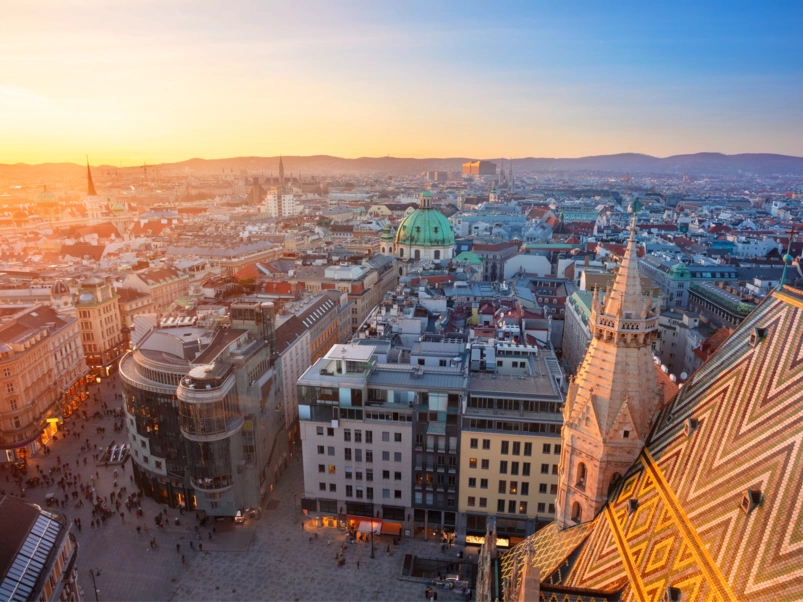
Wandbild der Weg
Most of Daniel Bucur's works are figurative sculptures, making this exception confirm the rule.
"Der Weg" is the title, and it refers to the journey of life. Like a serpent, it winds gently through the picture plane diagonally. The connection to the environment is established through a similarly elevated surface structure, with the upper section above the path oriented vertically and the lower section below it oriented horizontally. Tension is created through the dramatic color scheme. The surroundings are orange, while life itself, in its most primal form, is stained red. Knots and cracks are present, but they don't appear disruptive or foreign; they are seamlessly incorporated into the abstract whole by the artist's hand.
You can truly feel the energy with which life carves its path. It advances, with the beginning and end out of sight. It is not a straight path; it is intertwined with the surface and communicates with its surroundings.
Everything appears natural. We contemplate the artwork, feel invigorated, and continue our journey inspired.

_295_1_2a04e01be03f4968679cf4481fc5b9ca.jpg)

_288_1_f7e49ade1d44d65ca698845d5b9be3be.jpg)